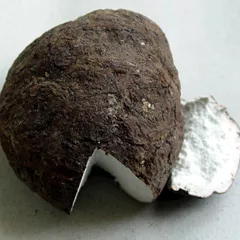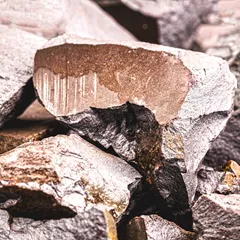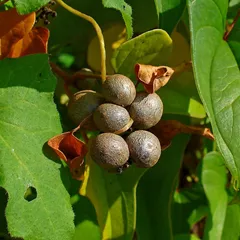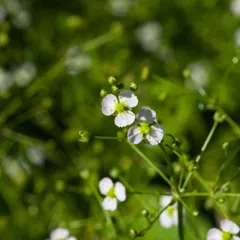Optic nerve atrophy according to Chinese Medicine
The information provided here is not a replacement for a doctor. You shouldn't use it for the purpose of self-diagnosing or self-medicating but rather so you can have a more informed discussion with a professional TCM practitioner.
Optic nerve atrophy factsheet
Possible causes and remedies:
Kidney and Liver Yin Deficiency
Symptoms: Vertigo Tinnitus Night sweats and five other symptoms
Recommended formula: Liu Wei Di Huang Wan
Symptoms: Cramps Insomnia Dry eyes and fourteen other symptoms
Recommended formula: Qi Ju Di Huang Wan
In Chinese Medicine, optic nerve atrophy can be associated with three so-called "patterns of disharmony". Chinese Medicine sees the body as a system, not a sum of isolated parts. A "pattern" is when the system's harmony is disrupted. It is not equivalent to the Western concept of "disease", as a matter of fact here optic nerve atrophy can be caused by three different patterns.
To understand whether someone's optic nerve atrophy might be caused by a given pattern, one needs to look for signs and symptoms associated with the pattern beyond what one might typically experience from optic nerve atrophy alone. For instance when optic nerve atrophy is caused by the pattern Kidney and Liver Yin Deficiency, patients also experience symptoms such as soreness and weakness in the lower back, lightheadedness, vertigo and tinnitus. Similarly, patients with Kidney and Liver Yin Deficiency typically exhibit fine (Xi) or rapid (Shu) pulses as well as a red tongue with partial absence of coating.
We've listed below a description of the three patterns associated with optic nerve atrophy so that you can start to get an understanding of the various possibilities according to Chinese Medicine.
Once identified, patterns are often treated using herbal formulas. Drinking herbal infusions is the most common remedy in Chinese Medicine, together with acupuncture. Here we detail below four formulas that can help treat the various patterns associated with optic nerve atrophy, depending on which pattern fits your profile.
The three "patterns of disharmony" associated with optic nerve atrophy

The Kidneys is a so-called "Zang" Organ. Learn more about the Kidneys in Chinese Medicine
Kidney and Liver Yin Deficiency
Pulse type(s): Fine (Xi), Rapid (Shu)
Tongue coating: Partial absence of coating
Tongue color: Red
Recommended herbal formula: Liu Wei Di Huang Wan
Symptoms: Vertigo Tinnitus Night sweats Lightheadedness Diminished hearing Chronic sore throat Spontaneous and nocturnal emissions Soreness and weakness in the lower back
Optic nerve atrophy might be due to Kidney and Liver Yin Deficiency if the condition is paired with typical pattern symptoms such as soreness and weakness in the lower back, lightheadedness, vertigo and tinnitus. Similarly, patients with Kidney and Liver Yin Deficiency typically exhibit fine (Xi) or rapid (Shu) pulses as well as a red tongue with partial absence of coating.
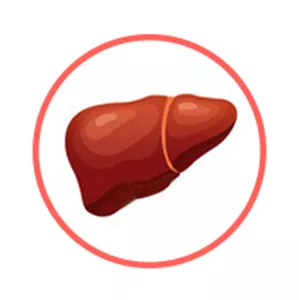
The Liver is a so-called "Zang" Organ. Learn more about the Liver in Chinese Medicine
Liver Yin Deficiency
Pulse type(s): Empty (Xu), Floating (Fu)
Tongue coating: Complete absence of coating
Tongue color: Normal (light red)
Recommended herbal formula: Qi Ju Di Huang Wan
Symptoms: Cramps Insomnia Dry eyes Dry skin Dry hair Dizziness Amenorrhea Depression Blurred vision Scanty periods Muscle weakness 'Floaters' in eyes Numbness in the limbs Feeling of aimlessness Diminished night vision Withered and brittle nails Dull-pale complexion without lustre but with red cheekbones
Optic nerve atrophy might be due to Liver Yin Deficiency if the condition is paired with typical pattern symptoms such as dizziness, numbness in the limbs, insomnia and blurred vision. Similarly, patients with Liver Yin Deficiency typically exhibit empty (Xu) or floating (Fu) pulses as well as a normal (light red) tongue with complete absence of coating.
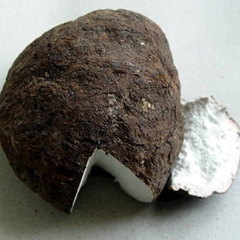
Poria-Cocos Mushrooms (Fu Ling) is the key herb for Ling Gui Zhu Gan Tang, a formula used for Phlegm-Fluids in the hypochondrium
Phlegm-Fluids in the hypochondrium
Pulse type(s): Slippery (Hua), Soggy (Ru), Wiry (Xian)
Tongue coating: Thick white coating
Tongue color: Pale
Tongue shape: Swollen
Recommended herbal formula: Ling Gui Zhu Gan Tang
Symptoms: Palpitations Dizziness or vertigo
Optic nerve atrophy might be due to Phlegm-Fluids in the hypochondrium if the condition is paired with typical pattern symptoms such as palpitations and dizziness or vertigo. Similarly, patients with Phlegm-Fluids in the hypochondrium typically exhibit slippery (Hua), soggy (Ru) or wiry (Xian) pulses as well as a pale tongue with thick white coating.
The four herbal formulas that might help with optic nerve atrophy


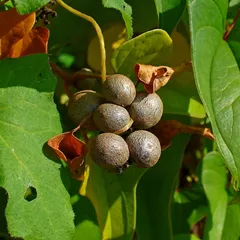
The top herbs in Liu Wei Di Huang Wan are Prepared Rehmannia (Shu Di huang), Cornelian Cherries (Shan Zhu Yu) and Yam (Shan Yao)
Liu Wei Di Huang Wan
Source date: 1119 AD
Number of ingredients: 6 herbs
Key actions: Enriches the yin and nourishes the Kidneys.
Why might Liu Wei Di Huang Wan help with optic nerve atrophy?
Because it is a formula often recommended to help treat Kidney and Liver Yin Deficiency, a pattern sometimes associated with optic nerve atrophy. If it looks like you might suffer from Kidney and Liver Yin Deficiency, this formula might help (although please seek confirmation with a professional practitioner beforehand).



The top herbs in Qi Ju Di Huang Wan are Prepared Rehmannia (Shu Di huang), Cornelian Cherries (Shan Zhu Yu) and Yam (Shan Yao)
Qi Ju Di Huang Wan
Source date: 1350 AD
Number of ingredients: 8 herbs
Key actions: Nourishes Kidney and Liver Yin. Improves vision.
Why might Qi Ju Di Huang Wan help with optic nerve atrophy?
Because it is a formula often recommended to help treat Liver Yin Deficiency, a pattern sometimes associated with optic nerve atrophy. If it looks like you might suffer from Liver Yin Deficiency, this formula might help (although please seek confirmation with a professional practitioner beforehand).

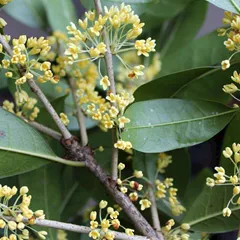

The top herbs in Ling Gui Zhu Gan Tang are Poria-Cocos Mushrooms (Fu Ling), Cinnamon Twigs (Gui Zhi) and Atractylodes Rhizomes (Bai Zhu)
Ling Gui Zhu Gan Tang
Source date: 220 AD
Number of ingredients: 4 herbs
Key actions: Warms and transforms Phlegm-Fluids. Strengthens the Spleen. Resolves Dampness.
Why might Ling Gui Zhu Gan Tang help with optic nerve atrophy?
Because it is a formula often recommended to help treat Phlegm-Fluids in the hypochondrium, a pattern sometimes associated with optic nerve atrophy. If it looks like you might suffer from Phlegm-Fluids in the hypochondrium, this formula might help (although please seek confirmation with a professional practitioner beforehand).
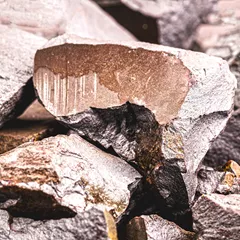
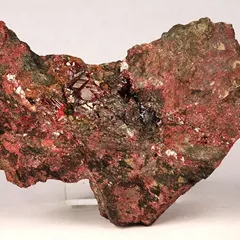
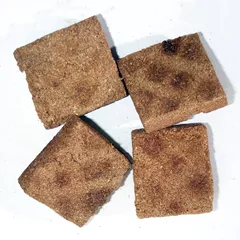
The top herbs in Ci Zhu Wan are Magnetite (Ci Shi), Cinnabar (Zhu Sha) and Medicated Leaven (Shen Qu)
Ci Zhu Wan
Source date: 650 AD
Number of ingredients: 4 herbs
Key actions: Heavily sedates and calms the Mind . Pacifies Rising Yang . Improves the vision and hearing.
Why might Ci Zhu Wan help with optic nerve atrophy?
Because it is a formula often recommended to help treat , a pattern sometimes associated with optic nerve atrophy. If it looks like you might suffer from , this formula might help (although please seek confirmation with a professional practitioner beforehand).
Symptoms related to optic nerve atrophy
Soreness and weakness in the lower back Lightheadedness Vertigo Tinnitus Diminished hearing Night sweats Spontaneous and nocturnal emissions Chronic sore throat Dizziness Numbness in the limbs


